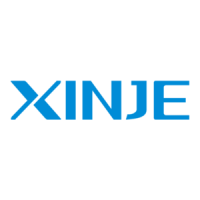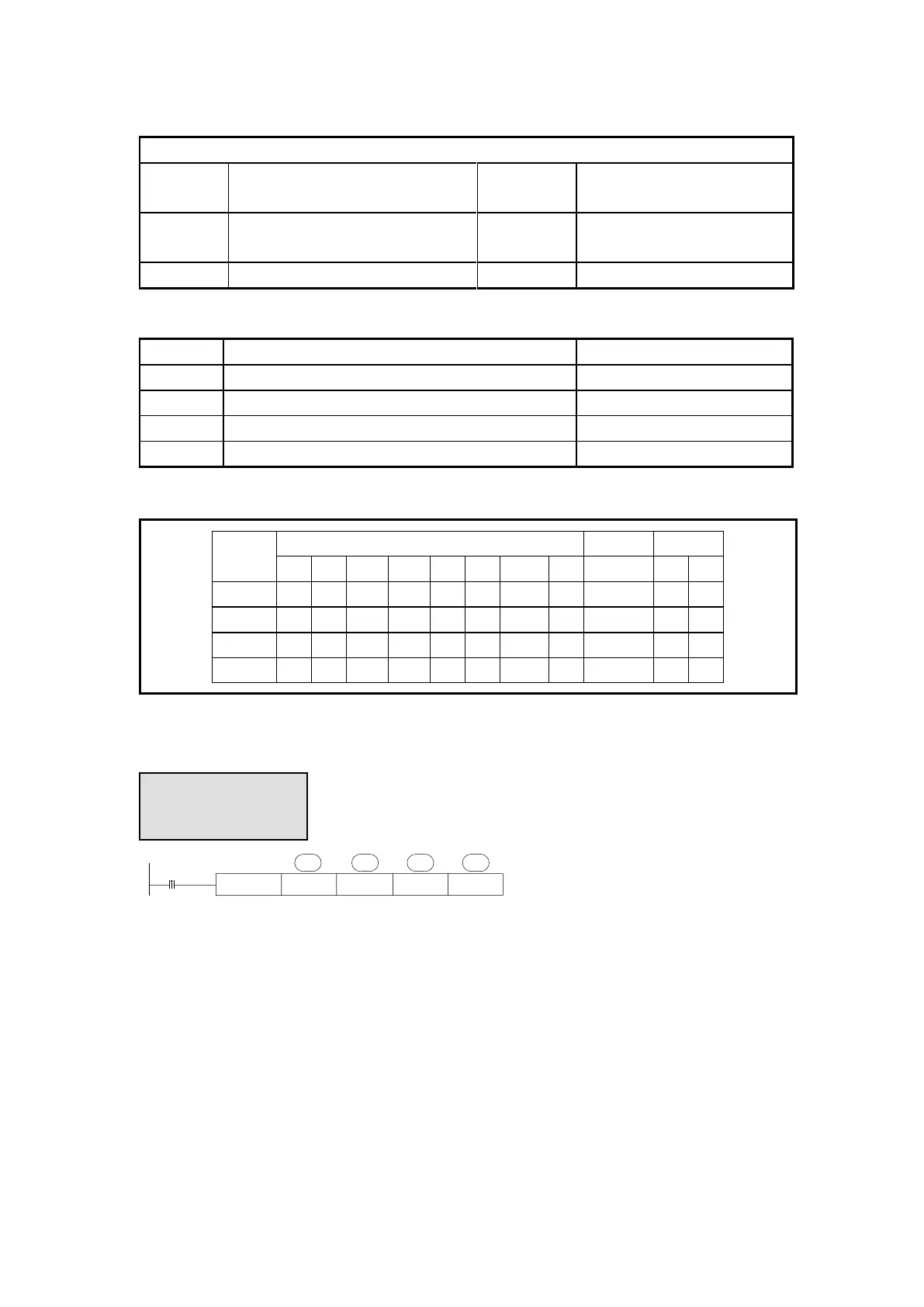position, speed.
Incremental position motion [MOTO]
Rising edge or falling edge
2. operand
Acceleration and deceleration time
3. suitable soft component
*Note: D means D, HD; TD means TD, HTD; CD menas CD, HCD, HSCD, HSD; DM means DM, DHM;
DS means DS, DHS. M means M, HM, SM; S means S, HS; T means T, HT; C means C, HC.
MOTO HD0 HD100 K50
M0
S1·
S2·
S3
K1
S0·
● when M0 change from OFF to ON, axis S3 accelerate to speed S1 with acceleration speed S2,
incremental move to position S0 then stop.
S0: incremental position, positive value means the motor running forward, negative value means
the motor running reverse
S1: set to positive value, if set to negative value, it will move as absolute value.
S2: the time accelerating from 0 to setting speed, unit is ms.
S3: axis no. N, the N range is 1~10
● incremental position is the distance between present position and target position. For example:
present position is 100, incremental position is 300, it needs to send 300 pulses relative to the
present position to reach the target position.
● when M0 from OFF to ON, absolute target position (SD2030+60*(N-1)) changes the

